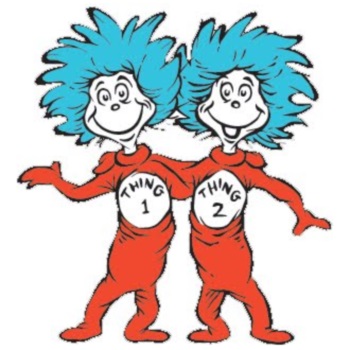I’ve got a chat today at 1 pm ET, and my one column this week was on the Nationals’ mishandling of Bryce Harper.
—
Indie-folk duo Wye Oak overhauled their entire sound with their latest album, Shriek, released earlier this week on Merge Records to strong reviews (Pitchfork and AV Club both raved about it, while Consequence of Sound was more guarded). Ditching the jangly guitars of their earlier work, Wye Oak’s Jenn Wasner and Andy Stack have stripped everything down to a synth-drum-and-bass sound that sounds like a search for something that the pair weren’t truly able to find.
Shriek starts off with a grand announcement that this is no longer the Wye Oak of Civilian, with a throwaway keyboard line that goes on, without any backing, for about 15 seconds too long, before we get the potent bass line (one of the album’s strengths is Wasner’s bass work throughout) and the half-a-drum loop, resulting in a dreary if atmospheric dirge that will likely feel like a letdown to anyone who enjoyed Wye Oak’s earlier work. The first three songs, including the title track and the abysmally cheap-sounding “The Tower,” all share that maudlin feel, with Wasner’s vocals and bass somewhat wasted over insufficient percussion and synth lines, and tempos that left me waiting for someone to pick up the pace.
“Glory” finally finds Wye Oak veering more into electro-pop territory, not as bright and sunny as CHVRCHES or St. Lucia, thanks to Wasner’s smoky vocals and the sudden stop at the end of each four-beat drum loop. The result is a darker, more seductive sound that still finds Wye Oak in unfamiliar territory compared to the preceding trio of songs. “Sick Talk” is more overtly CHVRCHES-like with the spare synth-and-drum riff behind Wasner’s higher-pitched, ethereal vocals – reminiscent of the Cocteau Twins, especially since I can’t make out much of what she’s saying – while “Schools of Eyes” starts to wind the tempo back down; it’s not quite as languorous as what comes afterwards, built on a brushed drum pattern and the application of reverb to Wasner’s vocals that give the song a richer texture than most of Shriek‘s other material.
The final four tracks harken back to the opening triad, with slower pacing, starker production, and amateurish synth lines that I’ve always found irritating for the way they seem to emphasize the instrument’s artificality. “Paradise” at least makes its synth riff a dissonant one, and the texture provided by multiple layers of percussion and a vocal that is set off from the primary rhythm of the song by about a half-beat makes the song compelling despite the lack of a clear melody, similar to Bjork’s less poppy work from her last few albums. It’s the last great moment on the album, however, a disc that ends with the whimper of “Logic of Color,” which sounds like it was recorded on a $99 Casio synthesizer from 1988, beneath the weakest lyrics on the album as well. Wye Oak’s decision to abandon guitars for keyboards was a radical shift, but one that could have worked better if they had maintained portions of their old sound rather than producing a record that, around a few standout tracks, sounds like the debut record from a new artist.
